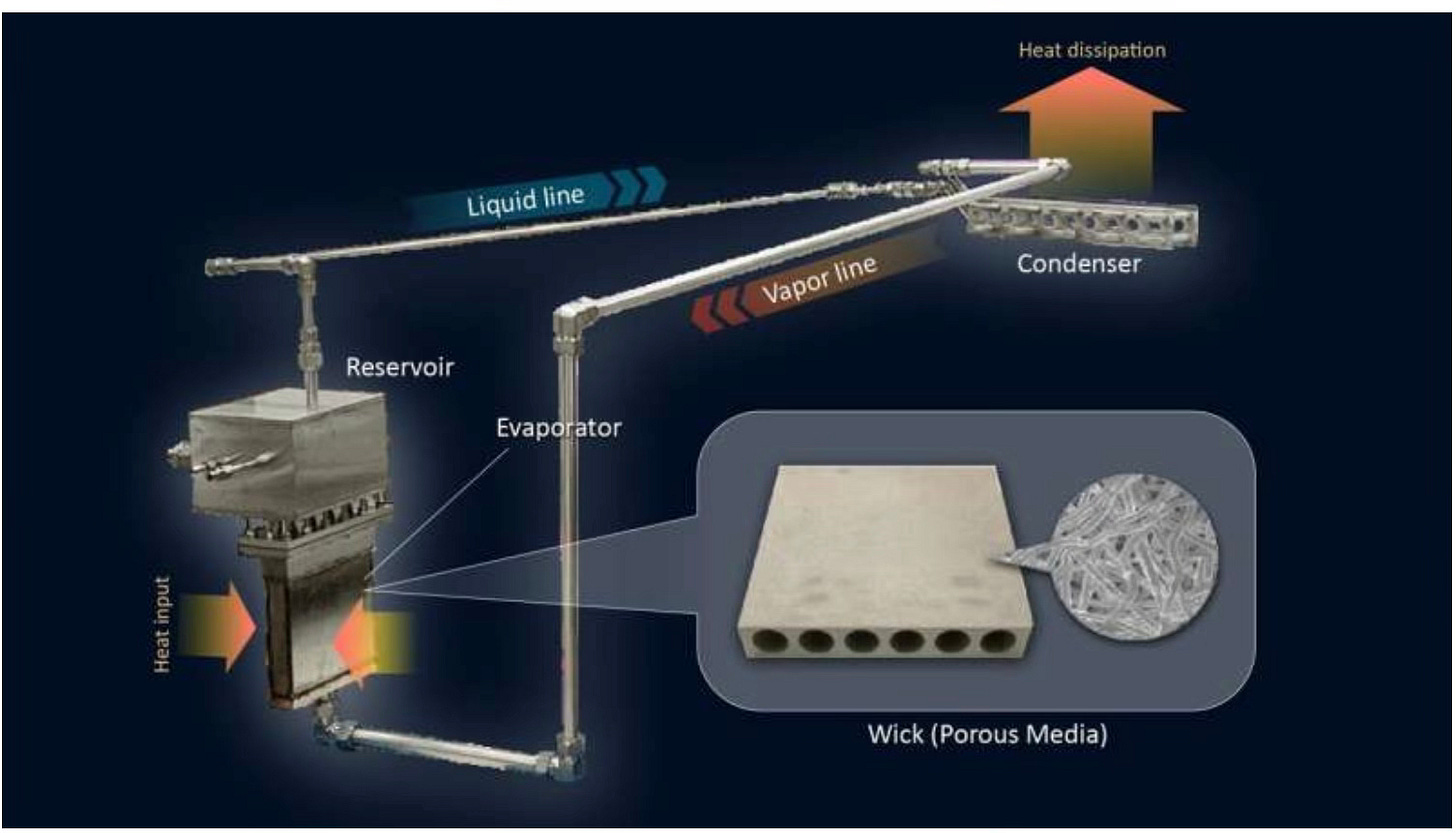This week we discover a new AI Language model that speaks the language of DNA. We investigate a new mosquito sorting machine that can sort 16 million mosquito pupae into different sexes a week. We examine new method of distributing waste heat without the need for electricity. Finally we encounter a new cool paint that will reduce the exterior and interior temperature of our cars on the hot days in summer.
DNA as a Language
Just over 70 years ago Watson and Crick discovered the DNA Helix and determined that it contained the foundational information needed to sustain life. Over the succeeding 70 years we have sought to understand the information encoded in DNA.
Only 1 to 2% of DNA is comprised of genes, the sequences for proteins. We know that DNA has many functions beyond coding for proteins. Some DNA sequences regulate those genes, others serve structural processes and many sequences serve multiple functions at once. We have only just begun to understand the full function of all the parts of our DNA.
A team at Dresden University have now started to develop a large language model (e.g. ChatGPT is a Large Language Model or LLM) to help us better understand our DNA. DNA is the code of life so why not treat it like a language. The team developed a tool called GROVER (Genome Rules Obtained via Extracted Representations) to try and extract meaning from DNA.
As with any LLM, GROVER learned the rules of DNA. For a language that means grammar, syntax and semantics. For DNA this means learning the rules that govern sequences, the order of the nucleotides and sequences and the basic meaning of the sequences. Just like ChatGPT learnt how to ‘speak” English by being trained on lots of writing on the internet, GROVER learned to speak DNA by being trained on known DNA sequences.
The team was able to show that GROVER can, not only predict DNA sequences, it can also be used to extract contextual information that has biological meaning, e.g. identify gene promoters or protein binding sites on DNA. GROVER can also learn the regulatory processes that happen on top of DNA rather than being encoded into the DNA.
DNA resembles language, it has four letters (A,T,C and G) that build sequences and the sequences carry a meaning. The team first created a DNA dictionary in a similar way to how compression algorithms are developed. The whole genome was analyzed and combinations of letters that occur most often were identified (in the same way LLMs are statistical models of language, ChatGPT can’t speak English, it uses a statistical model of the most likely next word). In 600 cycles the team fragmented DNA into ‘words’ that GROVER could understand.
GROVER may be the key that will allow us to unlock the different layers of our genetic code. DNA is key to what makes us human, our disease predispositions and the responses to treatment. GROVER may open up a whole new world of medicine.
Mosquito Sorting Machine
A team in China have developed a machine that is capable of gender sorting 16 million mosquito pupae a week. This allows researchers to breed millions of sterile male mosquitos to be released into the wild. By releasing sterile males into the environment it reduces the reproductive rate of mosquitos resulting in lower mosquito populations.
Mosquitos carry viruses such as Zika, West Nile, Chikungunya and dengue. Lower populations are the key to reducing the spread of these deadly diseases.
Currently the sex separation process is very inefficient as it is done manually. The new machine will complete the sorting job automatically approximately 17 times faster with fewer mistakes.
The team has tested the sorting machine on two kinds of mosquitos in Guangzhou, China. Significant reductions in mosquito populations have been reported in the area. The machines have also been sold to customers in Italy, France, US and Mexico.
Waste Heat Distribution
A team from Nagoya University in Japan have developed a loop heat pipe (LHP) that can transport up to 10 kW of heat without the need for electricity. This LHP surpasses the previous largest heat loop with an 18% reduction is size and a 1.6 times increase in heat transport capability and a four fold increase in heat transport efficiency.
LHPs have been used in space flights, electric vehicles, meteorological satellites and home electronic appliances. The Electric Vehicle industry in particular is seeking energy efficient cooling methods that results in a subsequent improvement in overall efficiency by using cooling that does not require electricity.
In a LHP a working fluid and a porous material called a wick are used to transport heat efficiently over long distances. The wick draws the working fluid to the surface through capillary action. When heat is applied to an evaporator the fluid on the wick’s surface absorbs the heat and turns into vapor. This vapor travels to the condenser where it releases the heat and condenses back into liquid. The liquid then returns to the compensation chamber where it contacts the wick again, which draws it back to the surface to continue the cycle again.
The system may also be able to be used in energy conservation, factory waste heat recovery, solar heat utilization, electric vehicle heat management and data center cooling. This saving of energy is a significant step in cost reduction energy solutions.
Cooler Cars
We are not talking about Pimping your Ride but rather about a paint that will keep your car significantly cooler in the middle of summer. Nissan has shown a new “cool paint” that will keep the interior of your vehicle up to 5C cooler and the surface of the roof 22C cooler.
Nissan, working with Radio-Cool from China started the quest for a cooler car in 2021. Over 100 different samples were developed and evaluated. The most successful material was composed of several meta materials (engineered materials to have properties rarely seen in natural materials). One particle in the paint reflects near-infrared rays. These wavelengths cause vibrations in traditional car paint (at the molecular level) which causes it to heat up. A second particle creates electromagnetic waves that counteract the sun’s rays. This redirects the heat away from the car’s surface and back into the atmosphere.
Heat reflecting paints are commonly used in other applications however they need to be applied by a roller and don’t have the level of finish required in modern cars. This new paint can be applied with a spray gun without the need for a clear topcoat.
Commercialization is still some way off. The paint is six times thicker than regular automotive paint. The team is confident that future versions will soon be available for special orders in a variety of colors.
Like with most automotive improvements the paint will probably become available in the less price sensitive luxury segments before becoming available in cheaper models as the cost is reduced over time. Toyota and Hyundai are working on similar projects.
Paying it Forward
If you have a start-up or know of a start-up that has a product ready for market please let me know. I would be happy to have a look and feature the startup in this newsletter. Also if any startups need introductions please get in touch and I will help where I can.
If you have any questions or comments please comment below.
I would also appreciate it if you could forward this newsletter to anyone that you think might be interested.
Till next week.






